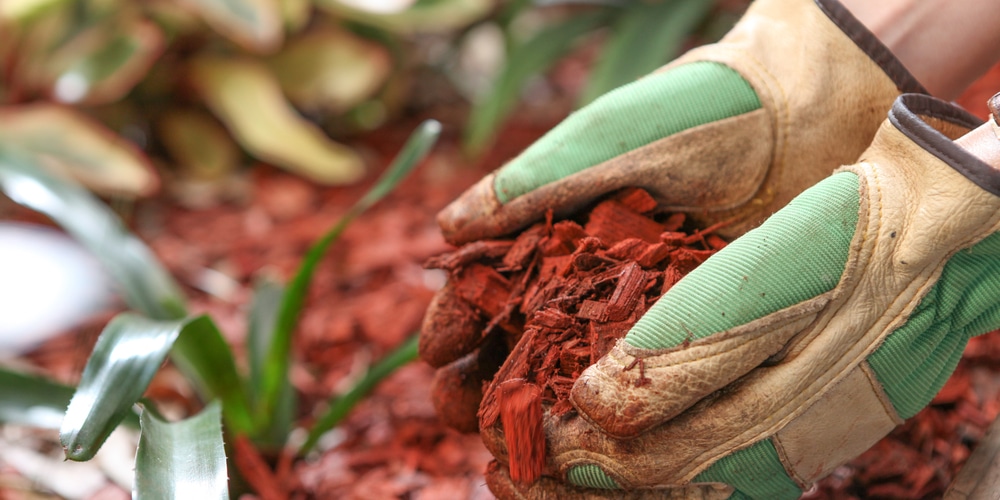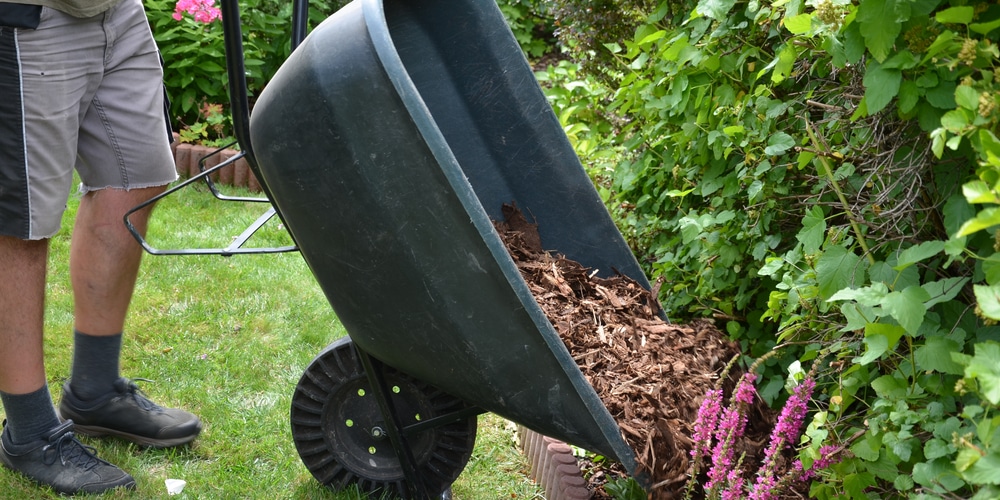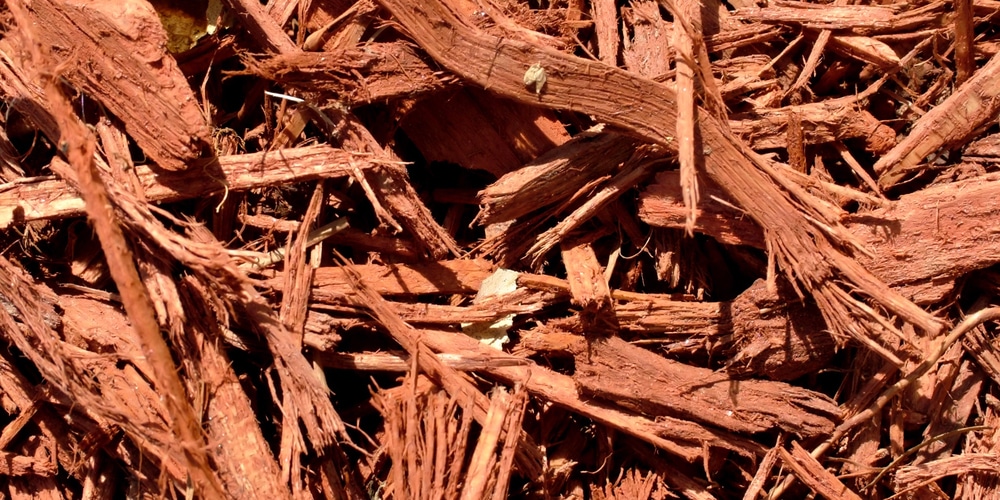Covering your plants with a layer of mulch is good practice for growing a healthy garden, especially if you live in a hot and dry region and need something to help you regulate the temperature of the soil. It usually consists of organic material such as bark or shredded vegetation, but you can also make yours with rocks, cocoa beans, or even artificial materials. You may be wondering what the best mulch for water drainage is.
Mulch can be either organic or inorganic: the difference is that inorganic materials don’t decompose and won’t enrich your soil with their nutrients. However, they are more effective at suppressing weeds. Depending on your objectives, you should choose one over the other. Don’t forget that artificial mulch will last longer, while you’ll need to replace organic mulches once they break down.

Mulch will become your best friend. It can help you reduce the amount of time you spend in your garden and keep your plants happy, even during hot summers. Because of its composition, mulch keeps water around your plants for longer, minimizing evaporation, and reducing the frequency with which you should water your plants.
It also regulates the soil temperature by acting as a “thermal” jacket that keeps the soil warm (if you live in a cold region) or cool and insulates your plants’ roots from changes in the temperature. Mulch can also help if you need to improve the quality of your soil: it allows better airflow and adds nutrients to the substrate.
But what is the best mulch for water drainage? Keep reading to find that out! Indeed, even if there is only one term to describe mulch, it can come in different varieties, each better suited to several purposes. You will find out that the best mulch for your garden depends on the soil type and your aesthetic preferences. But read on to learn more about it!
What’s the Best Mulch For Water Drainage?
If you are struggling with compact soil with a lack of drainage, you might be dealing with ponding, which occurs when an area cannot drain. Under such conditions, most plants will suffer from root rot and fungal infections. The good news is that mulch can help you with that.
As we mentioned, mulch can serve various purposes, including changing the soil’s capabilities for holding water. But what type of mulch will help you?
If you are having problems with your vegetable gardens or flower beds, consider adding compost, hay, or straw: they work wonders at absorbing extra water while holding on to the necessary moisture for your plants’ development.
Instead, use bark mulches around trees, shrubs, or perennial gardens: these plants tend to prefer a slow release of nutrients over time which wood chips or bark can provide. Also, they will minimize evaporation by creating a spongy texture on top of the soil, allowing your plants to absorb moisture faster.
This solution comes especially handy in high-heat environments. If you don’t know where to take your bark from, call your local municipality: sometimes they have three mulch you can pick up free of charge. Alternatively, you can always buy a bag of bark at your favorite gardening store.
The bark is also the ideal choice for areas where you don’t have to do a lot of digging to make space for your plants. If you are not worried about aesthetics, you can also use shredded leaves. They will provide plenty of nutrients to the soil while attracting earthworms, which will improve aeration.
If you need to improve drainage for drought-tolerant plants, consider using stone or gravel as a mulch. While they won’t absorb water, they will ensure a proper water flow and prevent your plants from suffering from root rot. For succulents and cacti, organic mulch isn’t ideal as it tends to hold water for too long, which can cause mold and attract fungal infections.
Best Mulch For Water Drainage: The Bottom Line
As you should have learned by now, the best mulch for water drainage depends on the type of plants you have in your yard, the soil conditions, and your local weather.
Don’t forget to apply mulch to weed-free areas to depths between two to four inches, and don’t place it too close to the stem. Also, remember to replace organic mulch at least once per year!

